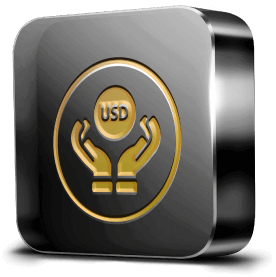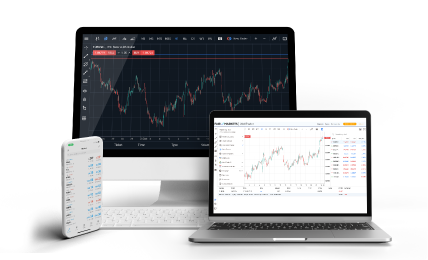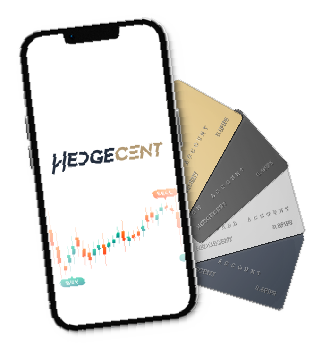

Swaps
We keep these fees as low as possible
The swap fees we provide can vary depending on the specific instruments you are trading. Meanwhile, at Hedgecent, we offer swap-free (CENT) account for our clients as a way to reduce their trading costs.


Swaps
We keep these fees as low as possible
The swap fees we provide can vary depending on the specific instruments you are trading. Meanwhile, at Hedgecent, we offer swap-free (CENT) account for our clients as a way to reduce their trading costs.
Trading Conditions FAQs
We prioritize our clients’ trading experience by providing competitive spreads, low commission fees, fast order execution, and a user-friendly trading platform. We also offer a choice of account types to cater to different trading preferences, and our dedicated customer support team is available to assist you at every step.
We recommend adapting trading strategies to market conditions. For instance, in trending markets, consider trend-following strategies, while in range-bound markets, use range-trading strategies. Our platform offers a wide range of technical analysis tools and educational resources to help you implement these strategies effectively.
Normally the trading conditions are influenced by economic indicators, geopolitical events, and market sentiment. Traders can adapt to changing conditions by using our extensive research resources, employing risk management tools like stop-loss orders, and staying informed about market events through our platform.
We offer 24/5 access to the market, high liquidity, competitive spreads, and flexible leverage options. These conditions distinguish Hedgecent and create opportunities for traders looking to diversify their portfolios.
Trading conditions encompass factors such as spreads, leverage, margin requirements, and order execution that affect the trading experience. Understanding these conditions is vital for all traders as they directly impact the cost, risk, and potential profitability of trades.





